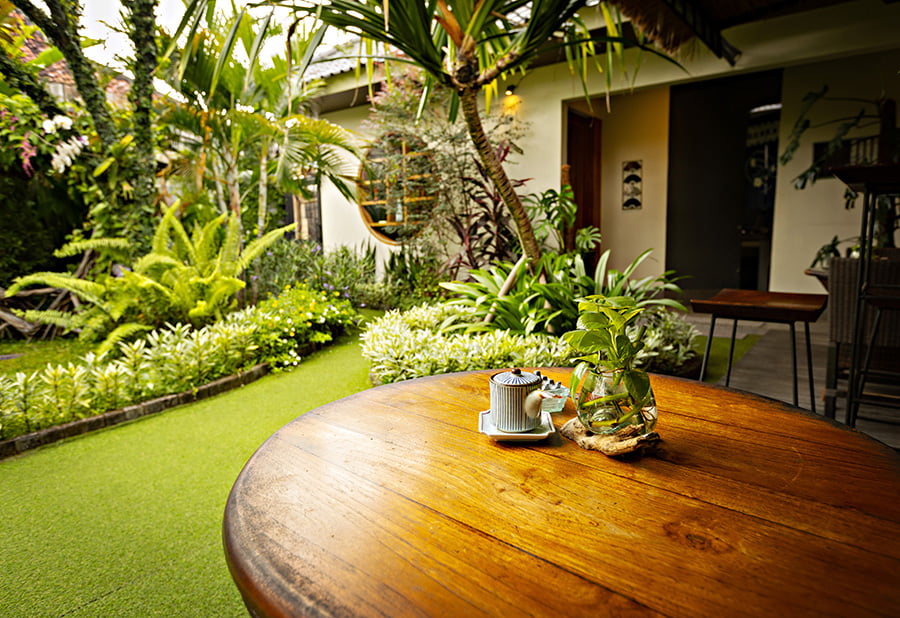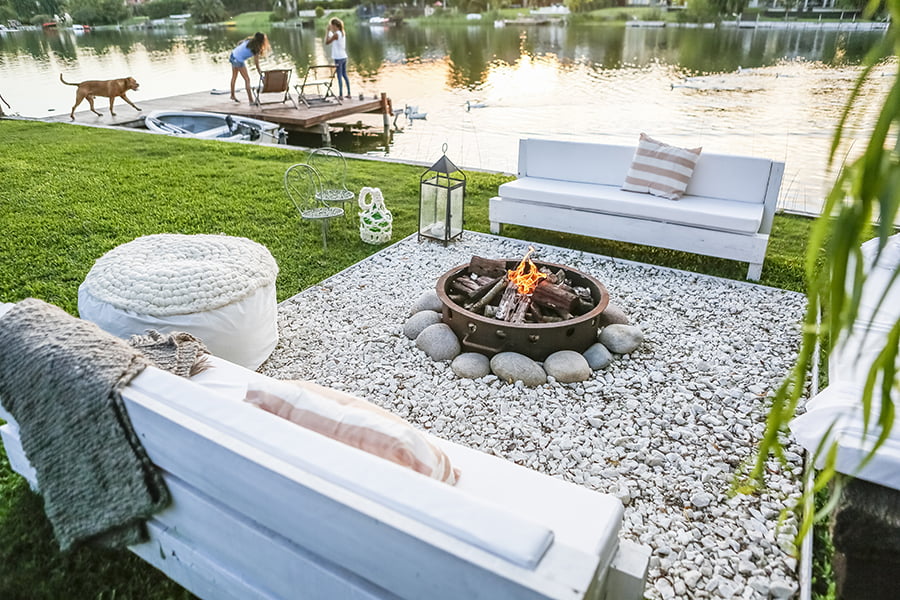Adding lighting to your landscaping design can create a beautiful effect and add a touch of ambiance to your outdoor space.
Landscaping design is an important part of creating a beautiful outdoor space. One of the most effective ways to enhance your landscaping design is by incorporating lighting into your plan.
Lighting can not only add aesthetic value, but it can also improve safety and security around your home or business. In this blog post, we’ll discuss some tips and tricks for incorporating lighting into your landscaping design to make the most of your outdoor space.
Types of Lighting

There are several types of lighting that can be incorporated into a landscaping design. These include ambient lighting, task lighting, accent lighting, and decorative lighting.
Ambient lighting provides general illumination throughout the landscape area and is usually provided by overhead fixtures such as floodlights or spotlights. Task lighting focuses on specific areas of the landscape for activities such as outdoor dining or entertaining guests.
Accent lights are used to draw attention to particular features in the landscape such as trees or sculptures. Decorative lights add a festive touch to any outdoor space with strings of fairy lights or lanterns hung from trees or posts around the garden area.
By incorporating different types of light into your landscaping design you can create an inviting atmosphere while highlighting key elements in your yard.
Placement of Lights
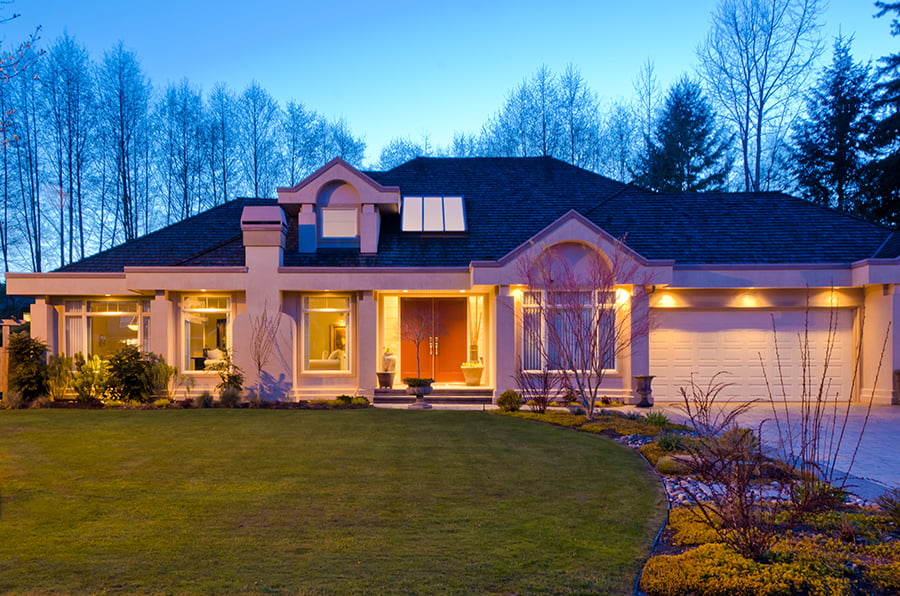
Lights should be placed strategically in order to create the desired effect and highlight certain features of the landscape. It is important to think about how much light you want in each area and where it will look best.
For example, if you have a large tree or other feature that you want to draw attention to, placing lights around it can help make it stand out more. When planning your lighting design, take into account any shadows that may be created by trees or other objects in the landscape so that they do not interfere with the overall effect of your lighting plan.
Types of Bulbs

When considering lighting for your landscape design, one of the most important decisions you will need to make is what type of bulbs to use. There are several different types of bulbs available that can be used in landscaping designs, each with their own advantages and disadvantages.
Incandescent bulbs are some of the most common types used in landscape lighting designs. They produce a warm light that creates a cozy atmosphere and they are relatively inexpensive compared to other bulb types.
However, incandescent bulbs have shorter lifespans than other options and they also consume more energy than LED or halogen bulbs. LED (light-emitting diode) lights are becoming increasingly popular for outdoor lighting due to their long lifespan and low energy consumption.
LEDs come in many different colors so you can choose one that best suits your needs or create interesting effects with multiple colors at once. The downside is that LED lights tend to be more expensive than incandescent or halogen options but they last much longer so you won’t need to replace them as often which could save money over time.
Halogen lights provide bright white light similar to natural sunlight which makes them great for highlighting certain features in your landscape design such as trees or statues while still providing enough illumination for pathways or seating areas nearby without being too harsh on the eyes at night time hours when people may be using these areas after dark.
Halogen lights also have relatively long lifespans but like LEDs they tend to cost more upfront than incandescent options do initially although this cost difference may even out over time depending on how often you need replacements due their longer lifespan compared with incandescents
Wiring Considerations
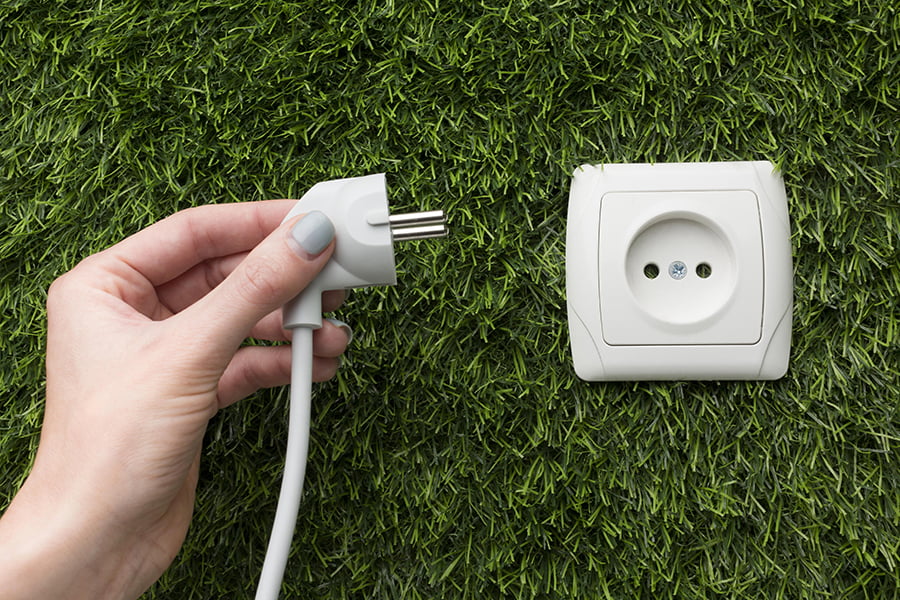
When planning the wiring for outdoor lighting, it is important to consider the type of lights being used, as well as their location and power requirements. For example, if you are using low-voltage LED lights, they will require a transformer to convert the voltage from your home’s electrical system to a lower voltage that is safe for use outdoors.
You should plan out where each light will be placed and how much power it will need in order to ensure that all of your lights can be powered safely and efficiently. When installing wiring for outdoor lighting it is important to make sure that all connections are properly sealed against moisture and other elements in order to prevent any potential safety hazards or damage caused by water or other environmental factors.
Energy Efficiency
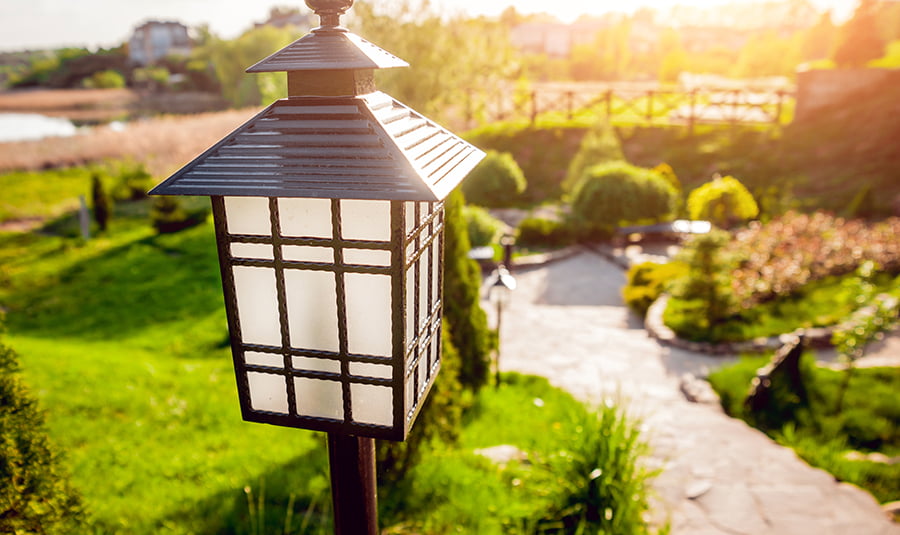
By using energy efficient lighting, homeowners can save money on their electricity bills while also reducing their environmental impact. Energy efficient lighting options include LED lights, solar-powered lights, and low voltage lights.
LED lights are the most energy efficient option as they use up to 90% less energy than traditional incandescent bulbs and last up to 25 times longer. Solar-powered lights are powered by the sun’s rays and require no additional electricity or wiring for installation.
Low voltage lighting uses a transformer that reduces the amount of electricity used by the light fixtures, making them more cost effective than standard 120V systems.
All three of these options provide bright illumination with minimal energy consumption, making them ideal for outdoor landscaping designs.
Safety Concerns

Properly placed and maintained lighting can help to create a safe environment for people who use the space, as well as deter potential intruders. It is important to consider the type of light fixtures that will be used, their placement in relation to pathways and other areas of activity, and how they will be powered.
It is essential to ensure that all lights are properly shielded from view so that they do not cause glare or distraction for those using the space. It is important to regularly inspect and maintain any outdoor lighting fixtures in order to ensure optimal safety conditions.
Aesthetic Appeal
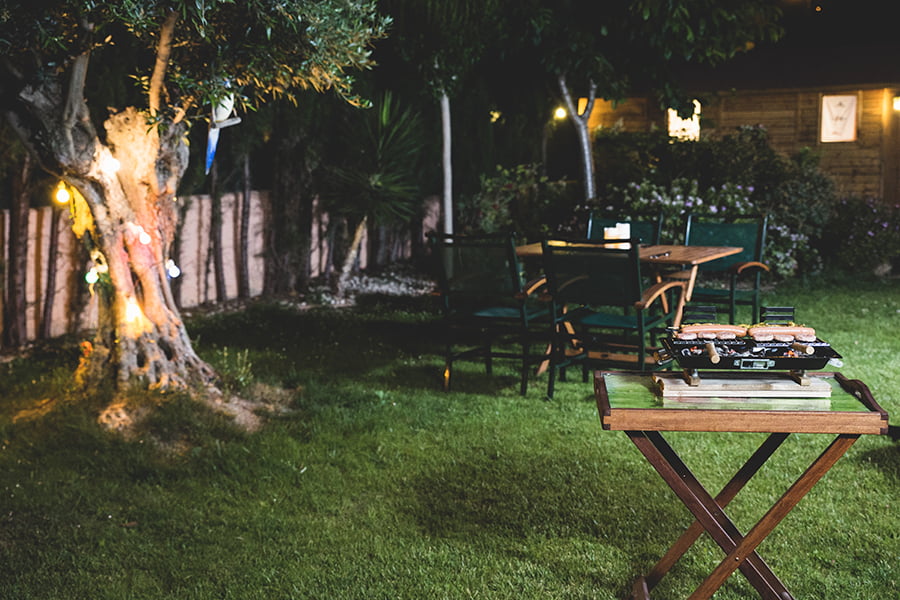
Lighting can be used to create a visually pleasing atmosphere and enhance the overall look of the landscape. It can also be used to highlight certain features, such as trees, shrubs, or pathways.
By strategically placing lights in different areas of the landscape, it is possible to create an inviting and attractive environment that will draw people in and make them feel comfortable.
Using different types of lighting fixtures can add texture and depth to the design while creating interesting shadows and patterns on surfaces throughout the space.
